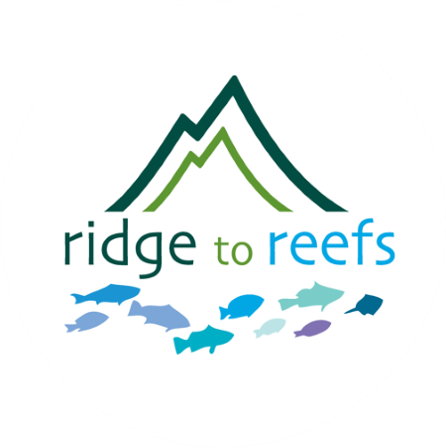
OCEAN CONSERVATION
Earth is three-quarters covered by water. The oceans and coral reef ecosystems are vitally important to both human and environmental health. Vulnerable coastal communities immediately depend on the health of the oceans and coral reefs for food and shoreline protection, though eventually it impacts all of us. Every decision we make, no matter how far inland, directly impacts the health of the world’s oceans. The following are resources for understanding pressing issues in ocean conservation and the inspiring innovations that are moving us toward a more sustainable future.
Developing Methods for Cleaner Water
Onsite Wastewater Treatment Systems
Developing the next generation of efficient and affordable approaches for handling household wastewater. Visit the Center for Clean Water Technology and read about their methods for cleaner water.
Protecting the Ocean With Better Infrastructure
The Hawai’i State Department of Health’s Report on Cesspool Replacement
“Priority 1: Significant Risk of Human Health Impacts, Drinking Water Impacts, or Draining to Sensitive Waters”
"Priority 2: Potential to Impact Drinking Water”
Water Testing to Support Management
Identifying locations of sewage pollution within Puakō’s watershed for management actions
Click the link to view a research presentation from the University of Hawai’i to minimizing land‐based pollution to protect human and coral reef health
Reducing Pollution in American Samoa
Cleaning Runoff With Natural Local Methods
Ridge to Reefs worked with local partners in American Samoa to reduce point-source pollution entering the waterways. Using nature-based solutions and working with the local community, we built sustainable infrastructure to protect human health and the coral reef. Click here to read more.
Woodchip Bioreactors Cleaning Runoff
Click to read the article “Application of denitrifying wood chip bioreactors for management of residential non-point sources of nitrogen”
For more information about bioreactors, check out our resource page here!
About Wood Chip Bioreactors
Engineering Nature-Based Technology for Healthier Watersheds
Ridge to Reefs has built wood chip bioreactors with partners and pioneered advances in wood chip bioreactors applications. Check out our resource page and some of our projects with wood chip bioreactors.
The Year in Ecology and Conservation Biology
Science Supporting the Coral Reef Health
Click to read the article “Sewage pollution: mitigation is key for coral reef stewardship”
Building a Biofilter to Treat Hotel Wastewater
Protecting Nature and Human Health
Ridge to Reefs worked with a hotel in Guánica, Puerto Rico, to treat wastewater runoff. We constructed a biofilter adjacent to Guánica Bay constructed with locally available materials to increase the efficacy of cleaning up and reducing the volume of effluent through evapotranspiration. The vegetation naturally removes pollutants before the water flows downstream. Click here to keep reading.
Wastewater Alternatives & Innovations (WAI)
Visit our partners, WAI, and explore their work to restore watersheds in Hawai’i. Their mission is to reduce sewage pollution and restore healthy watersheds by providing innovative, affordable and eco-friendly solutions to waste and wastewater management.
Understanding Ocean Acidification
We’ve all heard of ocean acidification- but what is it? And why is it such a threat to ocean health? Think about this: bleach has very low pH (the unit for describing how acidic or alkaline a substance is); vinegar has very high pH. Both can be used for cleaning, but both are not safe to cook with! All living creatures have a pH range they can withstand. Visit NOAA’s web page for the details on how this process works.













